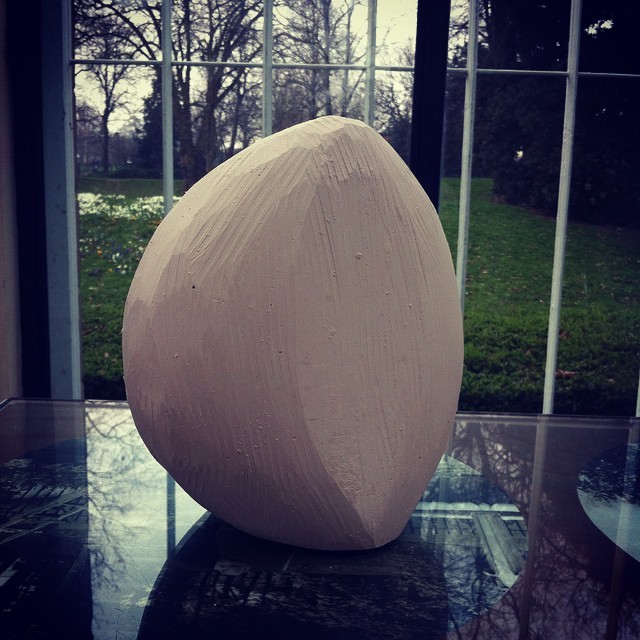Your Custom Text Here
Sailing to the USA as part of the Spirit of Mayflower project
The journey by boat to the USA is an integral part of her latest project; Language of Sculpture – Spirit of Mayflower project which will commemorate the 400th anniversary in 2020 of the historic Mayflower crossing, this is the boat which carried the first pilgrims from the UK to America in search of a new life.Rachel aims to capture the thoughts and feelings of the Mayflower passengers during her own crossing by reading extracts of William Bradford’s journals he wrote about his own Mayflower crossing, she will also chart her journey through a texture diary where she will spend time knotting using ancient weaving methods of macramé to weave new patterns that are inspired by the Wampum belts of North America’s native Wampanoag people.
The boat will arrive in Halifax sometime around the 5th August, although it could be later depending on the weather, and Rachel will make her way to Provincetown, MA to carry out an Artist-in-Residency at the Pilgrim Monument and Provincetown Museum (PMPM) where she will display the textile art that she made during the crossing, talk to Museum visitors about her project and provide them with the opportunity to learn how to weave.
Upon her return Rachel will combine the weavings created during the Atlantic crossing with 50 new weavings from a series of workshops that will engage women from across the UK Pilgrim Roots areas; Nottinghamshire, Lincolnshire and South Yorkshire to create a sculpture of female figure, outfitted with a Tudor-style dress with a fitted kirtle and full skirt. The 3D sculpture will be used to cast a bronze statue depicting Pilgrim Women to be exhibited throughout the UK during the 400th anniversary of the Mayflower Pilgrims’ voyage to America.
The project was inspired by Rachel’s research into her own family history, which she has traced back to the 1500s, she learnt that many of her ancestors were weavers working in the textile industries of Nottingham and their history is peppered with stories of migration, albeit sometimes smaller in miles, the times and circumstances would still have caused great upheaval.
She relates her family’s roots as weavers with the native Wampanoag people who created weavings that chronicled their milestones and historic events, two distinct groups with no obvious connection but who were similarly experienced in story telling through textiles.
The language of Sculpture – Spirit of Mayflower’ is supported by Arts Council England and endorsed by Mayflower 400 as a Spirit of Mayflower project.
Useful links
The view from Rachel’s ship before it set sail from Liverpool Docks
As we write this Rachel is currently somewhere in the Atlantic Ocean just north of Northern Ireland on boat a cargo ship which is heading to Halifax, totally cut off from communication, her only company will be the small amount of passengers and crew on board the boat.
Inspiration
Hanging Installation
The finished hanging installation for Bakewell Old House Museum created from antique cotton thread from John Smedleys archive
‘Christ Before Pilate’ by Giovanni Bologna c.1579/80
‘Christ Before Pilate’ by Giovanni Bologna, known as Giambologna c.1579/80
Also presented in the V & A were a collection of wax reliefs depicting religious scenes, the wax would have been applied to wooden boards and sculpted, in some places you can see small patches of the wood grain showing through.
The scenes are incredible with so much life to them, even in the smallest corner there is secondary stories playing out, such as the small child and the dog which features in the second relief 'Pilate Washes His Hands As Jesus Is Led Away’.
The label reads “Giambolona distorted the modelling of the figures to compensate for the placement of the finished bronze reliefs. These also survive, and were probably set just above eye level. Gambolling later reproduced the reliefs for his own funerary chapel in Florence.”
It’s amazing that wax pieces such as these still survive, researching wax sculptures has been a difficult topic as very little survives or the wax is destroyed in the casting process. The V & A have a small but comprehensive collection of waxes and is worth looking for. I would note that in summer months not all off the wax pieces may be on display due to the heat. Luckily I visited on a cold January day.














